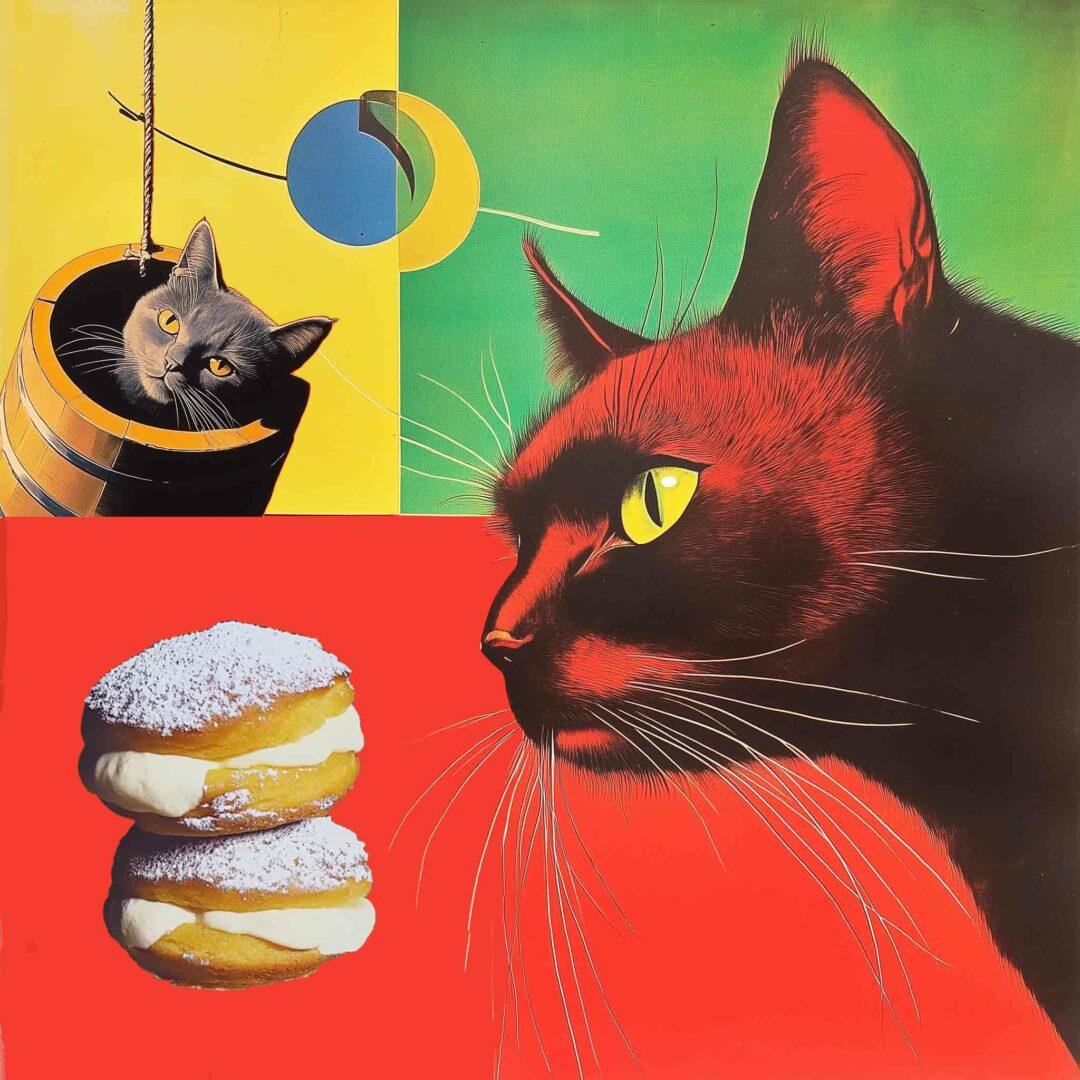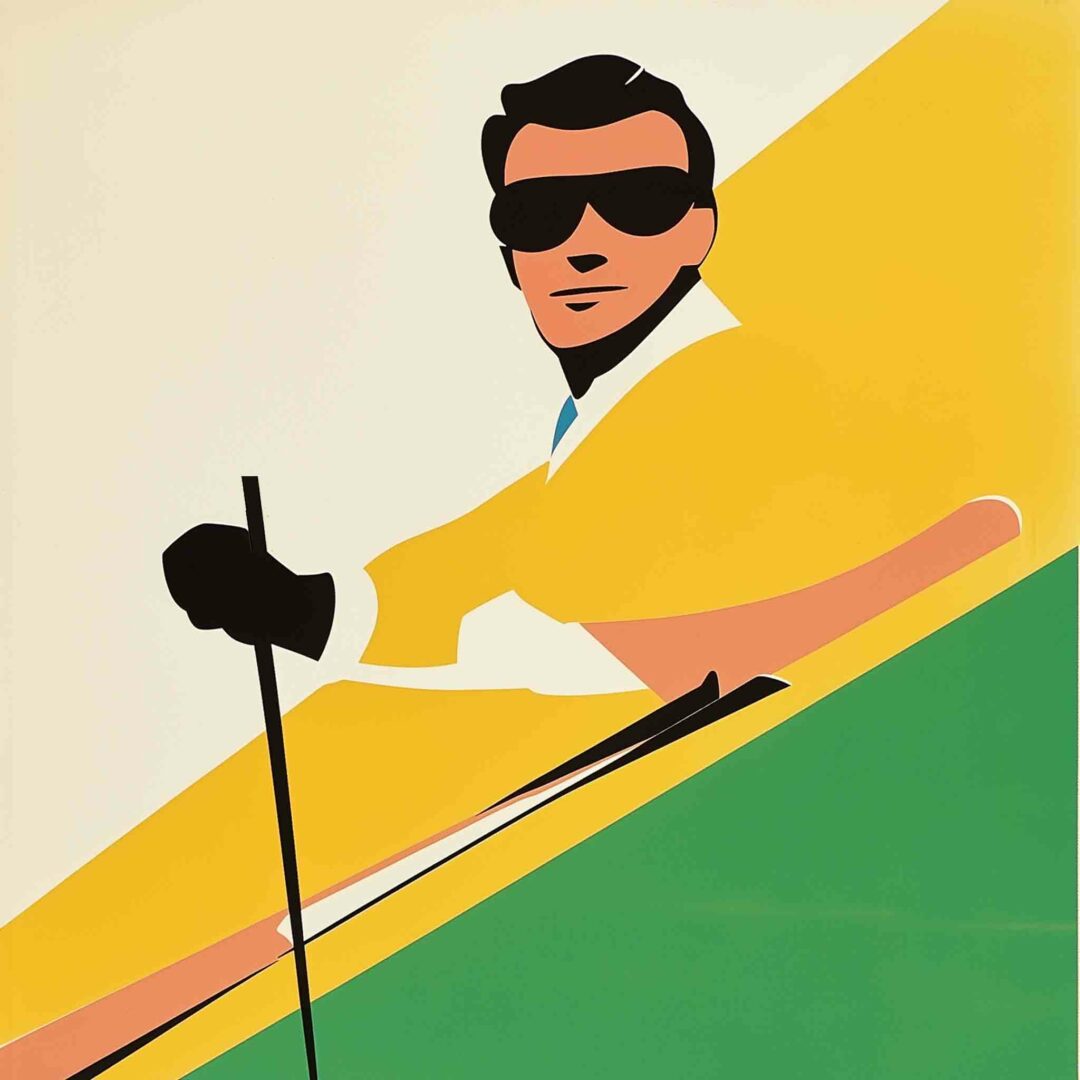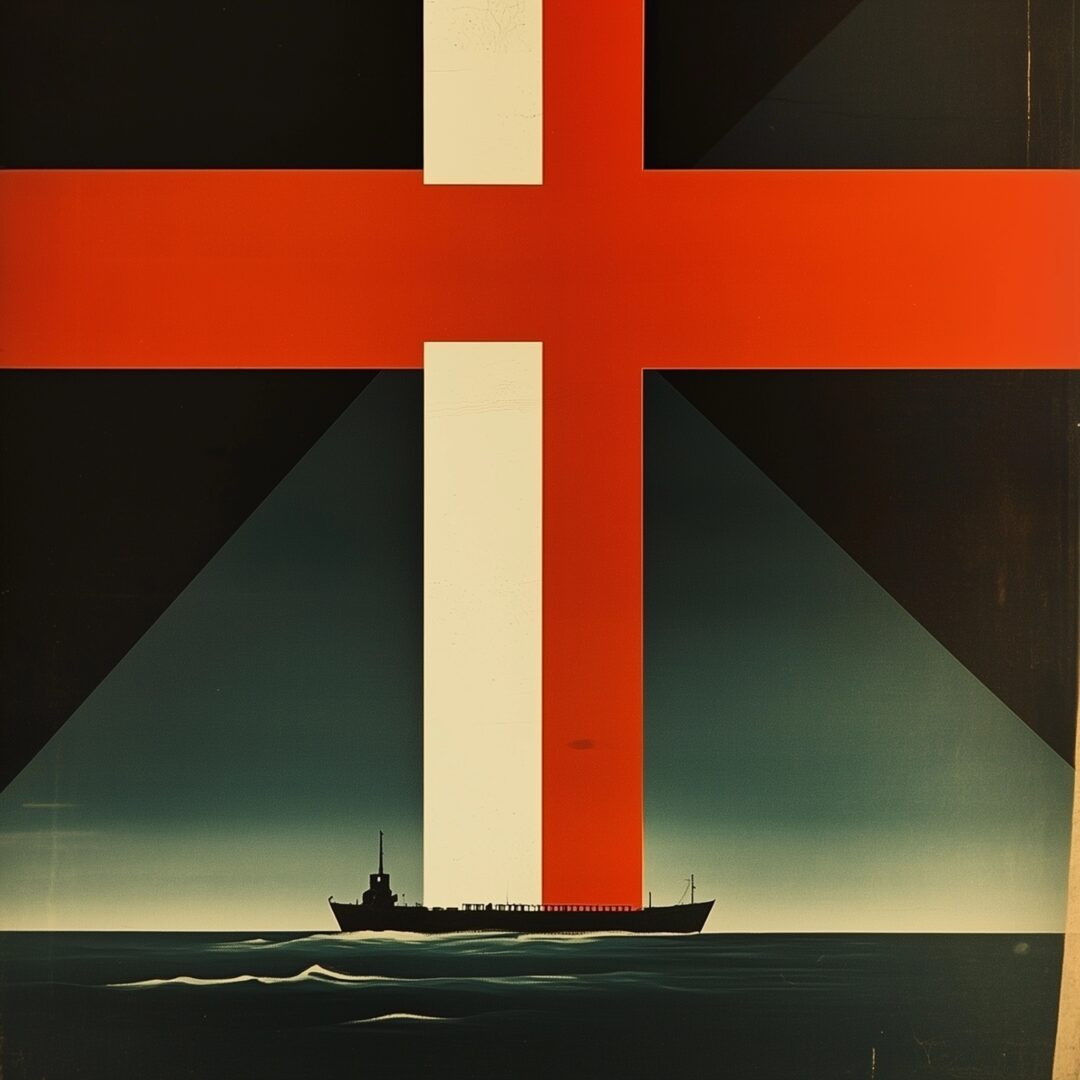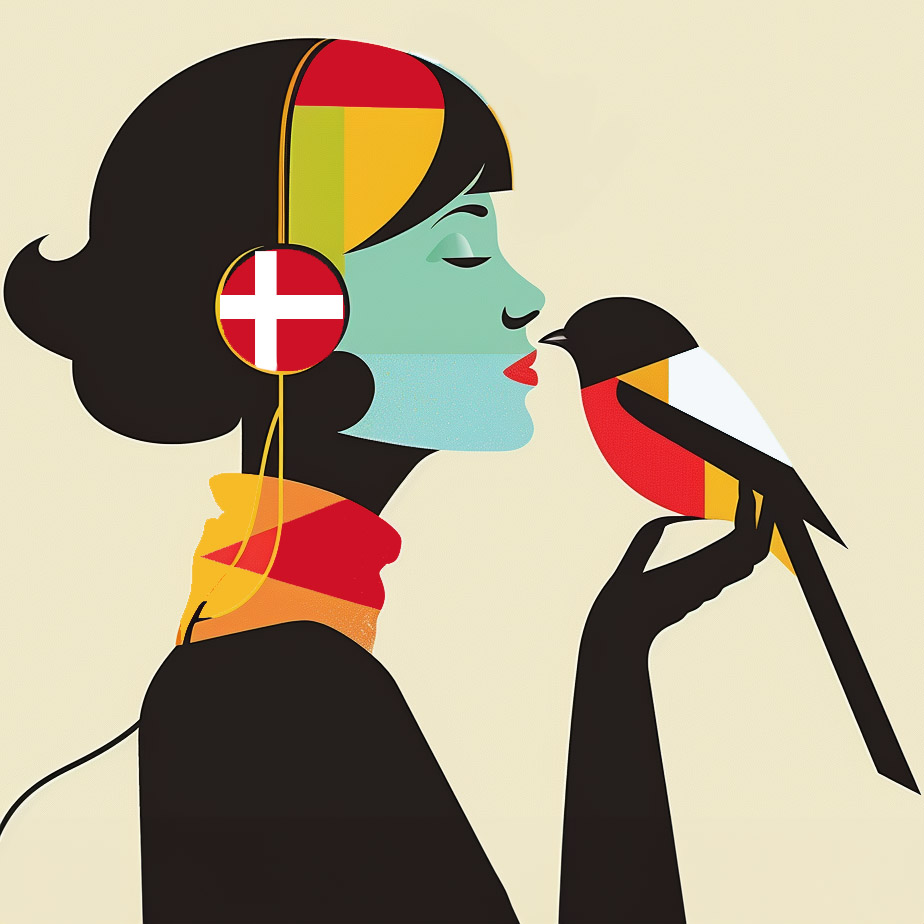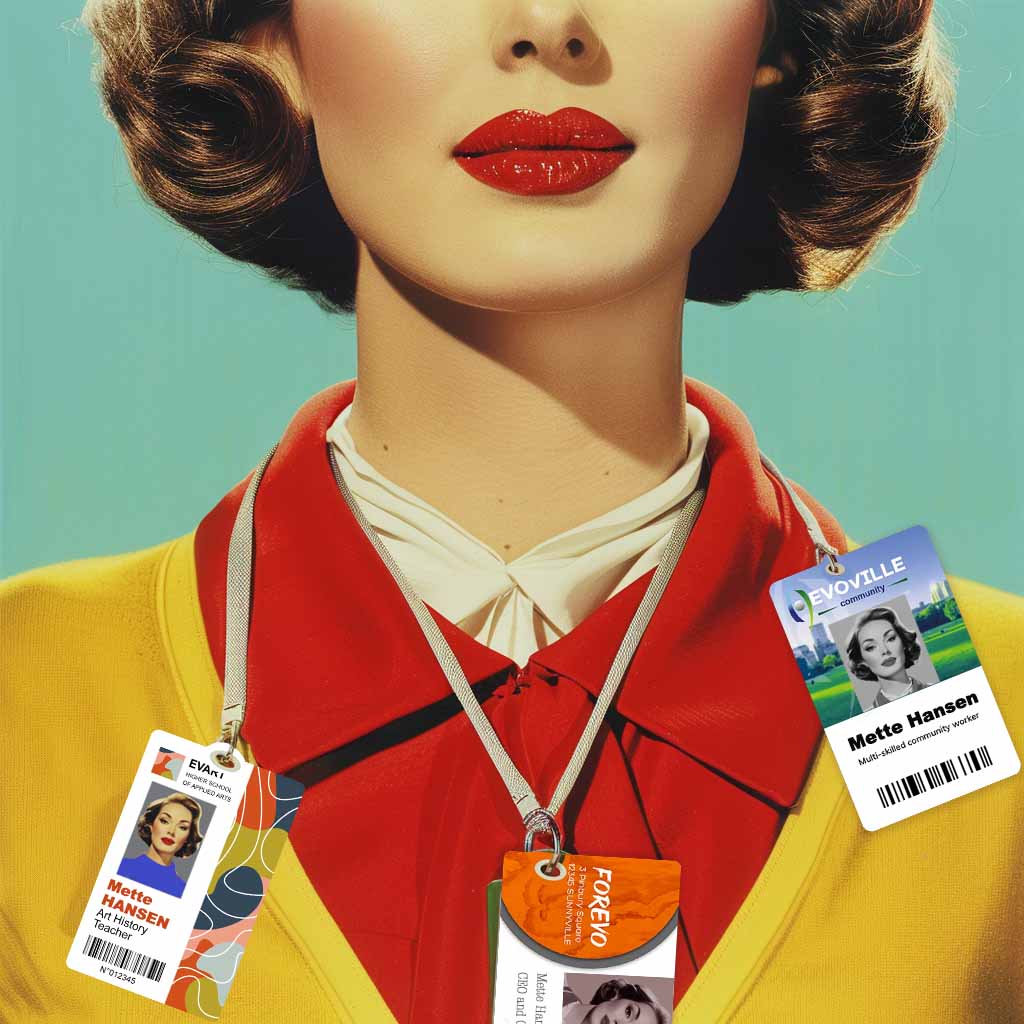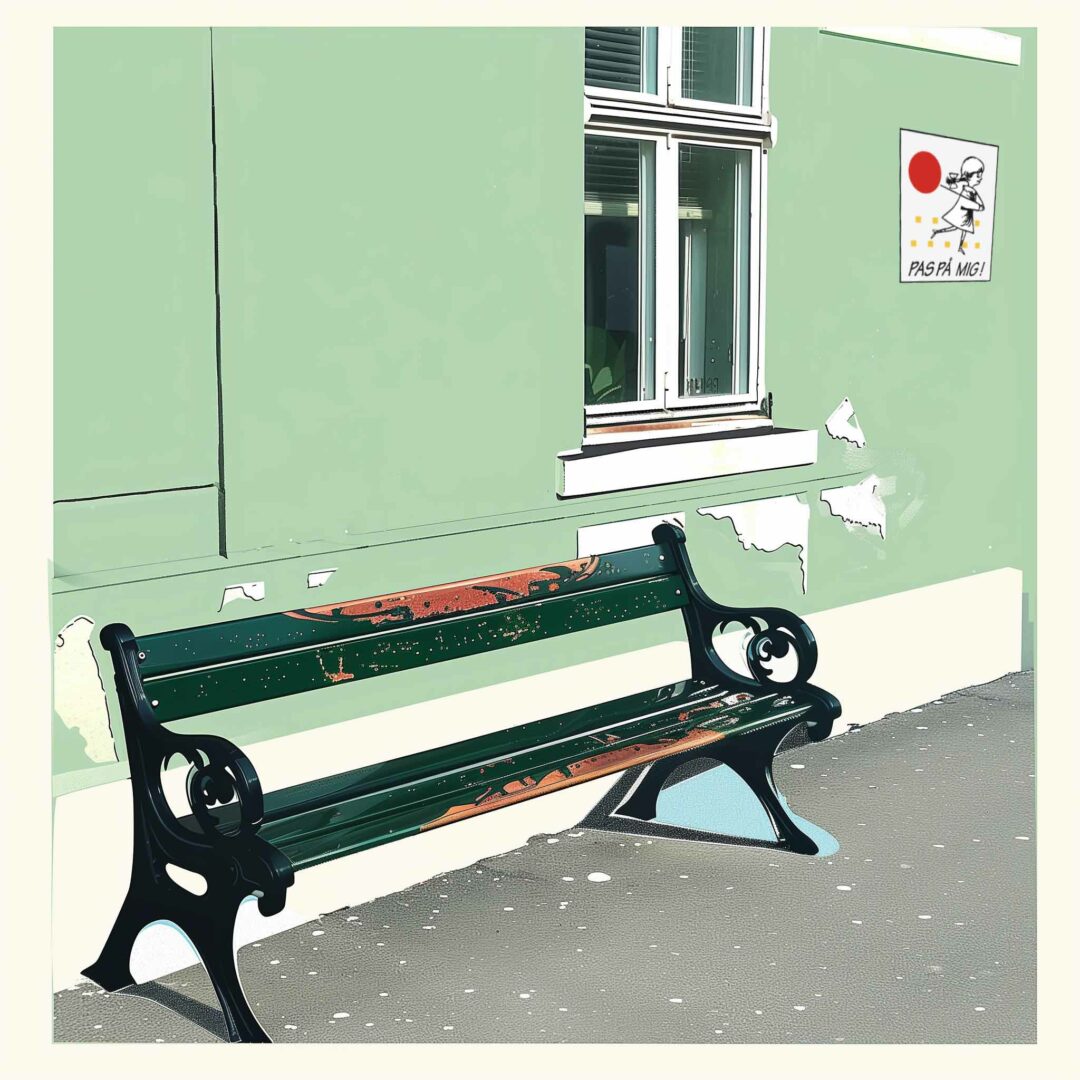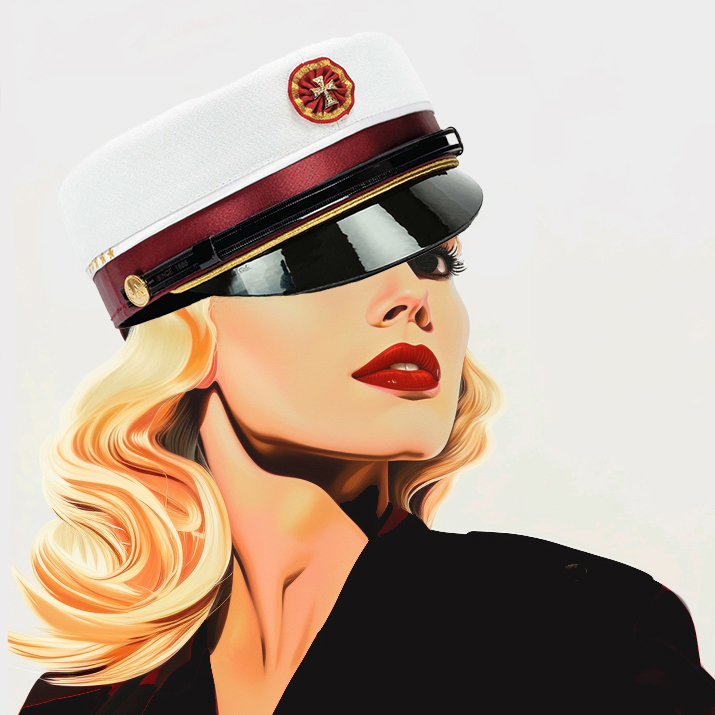I’ve referred to “The Danish Year” before on How to Live in Denmark. It’s a series of events that are simply expected to happen every year in Denmark, even if they aren’t formal holidays. In 2025 I’m going to try to do a podcast every month about aspects of the Danish year, and how they fit into the overall context of where Denmark is coming from, and where it’s going.
As the long Danish winter finally draws to an end, it’s time for Danes to start planting their gardens.
Now, in early April, it’s rhubarb, parsnips, cabbage. After the risk of frost is gone, in late April, you can put down some beets, and chives, and parsley – all good traditional Danish food.
By May, you can try with the tomatoes, which may or may not ripen depending on whether you get a warm, sunny summer, always a roll of the dice in Denmark. One year we ended up with hard, green tomatoes in September.
The growing season in Denmark is short. If you miss the planting deadlines, you’re probably out of luck.
And even if you are in luck, the amount you spend at the garden center will far outstrip the amount it would take you to buy the same foods at the corner market.
Names that include “gaard”
But Danes love to garden, they love to touch the Earth. Denmark industrialized fairly late compared to the rest of Europe – really not until the late 19th century – and even then it focused on cooperative agriculture for export. Denmark is still known around the world for its butter and bacon.
Many Danes still carry the name of their family farm in the name they use today.
The Danish word for farm is “gaard”, so the names of jewelry designer Ole Lynggaard, or golfer Nicolai Højgaard, or politician Pia Kjærsgaard, all reference what was once the family farm, the “gaard”.

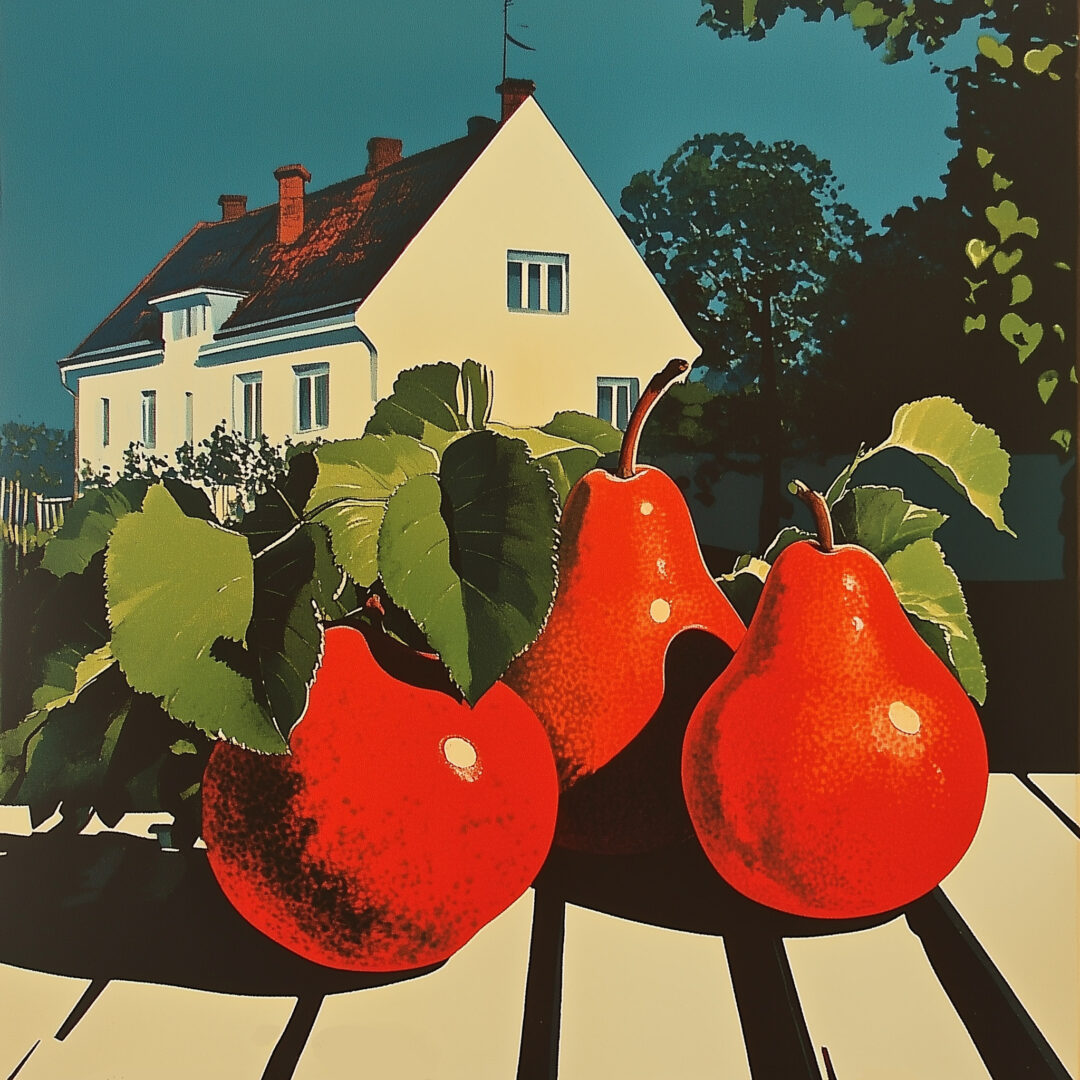

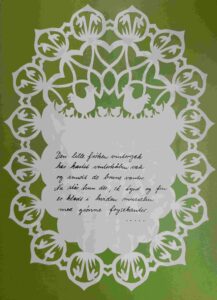 Gækkebreve arrive just before Easter, and they are always carefully cut from a single piece of paper, usually in an elaborate pattern. The poems are usually standard, copied from a book, and they are anonymous, but the mysterious dots they are signed with correspond to the number of letters in the sender’s name.
Gækkebreve arrive just before Easter, and they are always carefully cut from a single piece of paper, usually in an elaborate pattern. The poems are usually standard, copied from a book, and they are anonymous, but the mysterious dots they are signed with correspond to the number of letters in the sender’s name. 